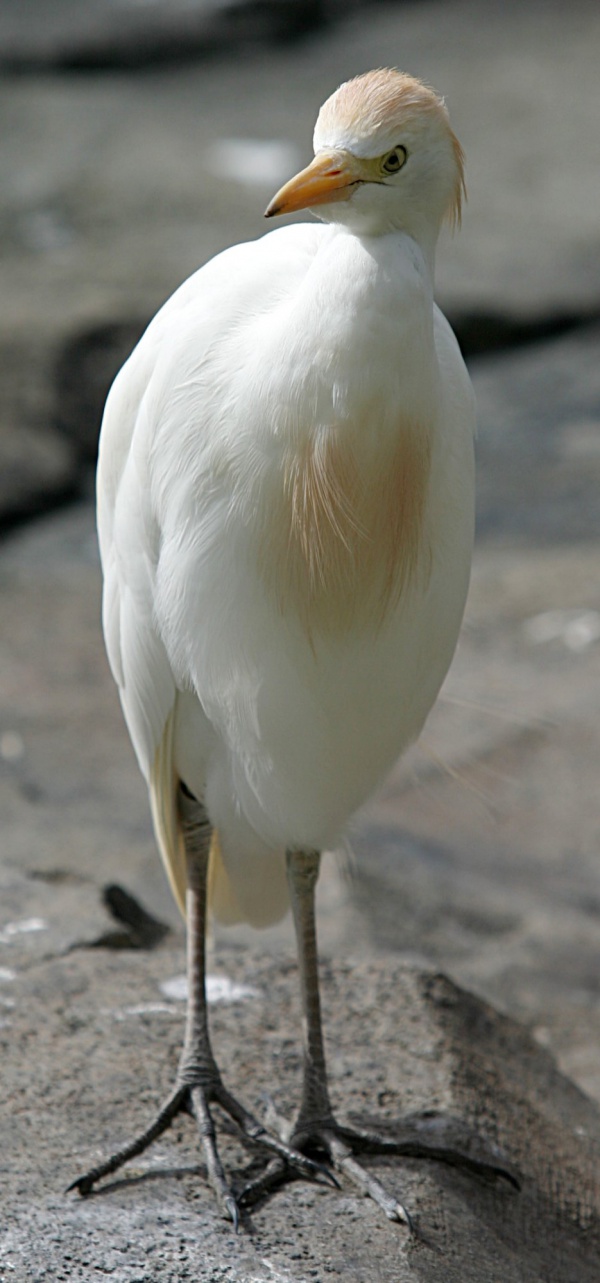Facts About Cattle egret
The cattle egret is a captivating bird within the heron family, found worldwide, especially in tropical, subtropical, and warmer temperate regions. It is the sole species in the Bubulcus genus, though some ornithologists argue that its subspecies might actually be distinct species. Although it closely resembles other egrets, its true kinship lies with herons. Originally from Asia, Africa, and Europe, the cattle egret has successfully proliferated globally, primarily due to its symbiotic relationship with cattle and other large grazing animals.
Identifiable by their white plumage adorned with buff-colored feathers during the breeding season, cattle egrets commonly nest in colonies near water, often cohabitating with other wading birds. They are typically found in grasslands, pastures, wetlands, and rice paddies, trailing cattle to hunt insects and small animals stirred by the livestock. While some cattle egrets are migratory, others simply relocate post-breeding season.
The species is generally divided into two distinct groups: the western and eastern cattle egrets, with some experts proposing a third type. These adaptable birds have successfully expanded their range to the Americas, Europe, Australia, and numerous islands, largely owing to their compatibility with human-modified environments and domesticated animals, which facilitate new habitat opportunities.
Cattle egrets commonly nest in colonies near water, with breeding seasons that vary geographically. During courtship, they engage in elaborate displays, and both parents collaborate in nest construction. Typically, they lay between one and five eggs, which incubate for about 23 days. The chicks fledge at approximately 30 days old and achieve full independence by day 45.
Dietarily, cattle egrets exhibit flexibility, consuming insects, spiders, frogs, lizards, and earthworms. They frequently forage in the vicinity of cattle and other large animals, utilizing the disruption these animals cause to capture prey. Remarkably, cattle egrets have been introduced to various regions and are recognized for their role in controlling cattle parasites.
Despite being classified as a species of least concern on a global scale, owing to their large population and extensive range, cattle egrets are deemed invasive species in certain areas. Their interactions with humans can offer advantages, such as parasite control, but also present challenges, such as risks to aircraft safety and potential disease transmission.

 India
India